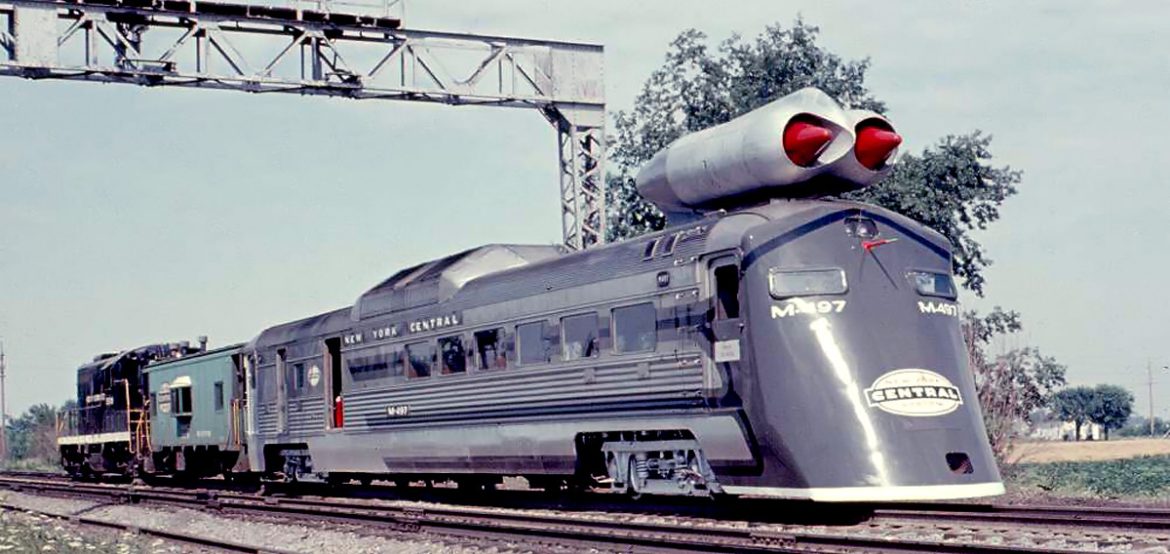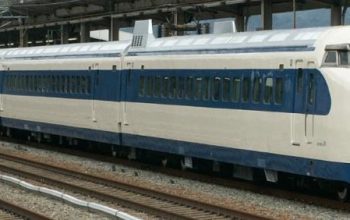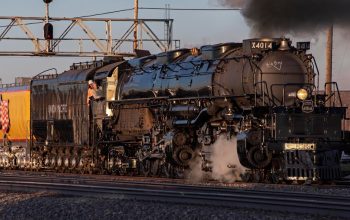Over the last century, railway has dominated the world, and everyone was in contention to create faster trains, and the M-497 is a forgotten concept that combined the jet engines with a train.
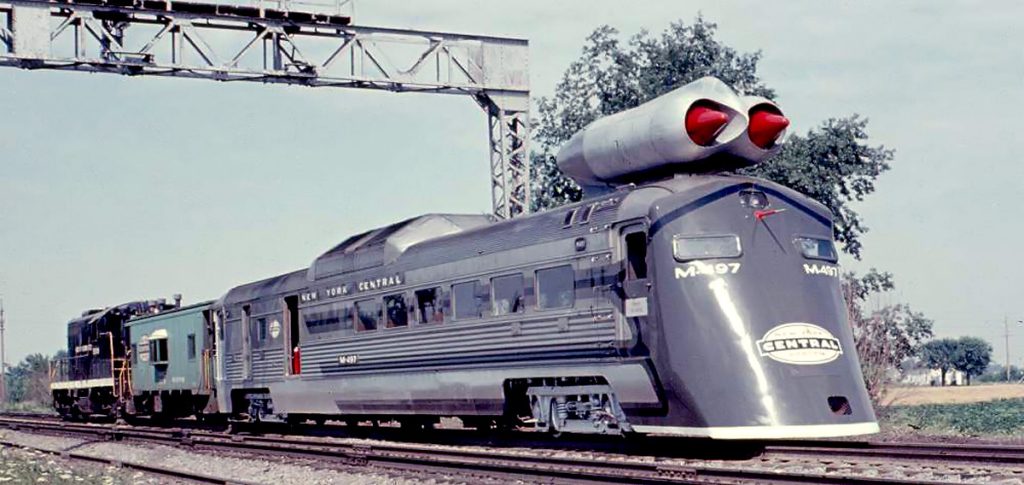
It is 1966, the peak era of the Cold War. The feud between USSR and USA continues at full chap. Consumerism rapidly grows up, as a result, transport companies need even faster solutions to transport goods, and railways are viable choices to transport goods, since most countries have extensive railway networks already and they’re cheaper to maintain compared to using planes, especially in the 60’s. Thanks to this growing demand, NYCR (New York Central Railroad) began working on a quite unusual concept, a train that’s powered by jet engines. The result was the M-497, nicknamed ”Black Beetle” because of its distinctive black colour.
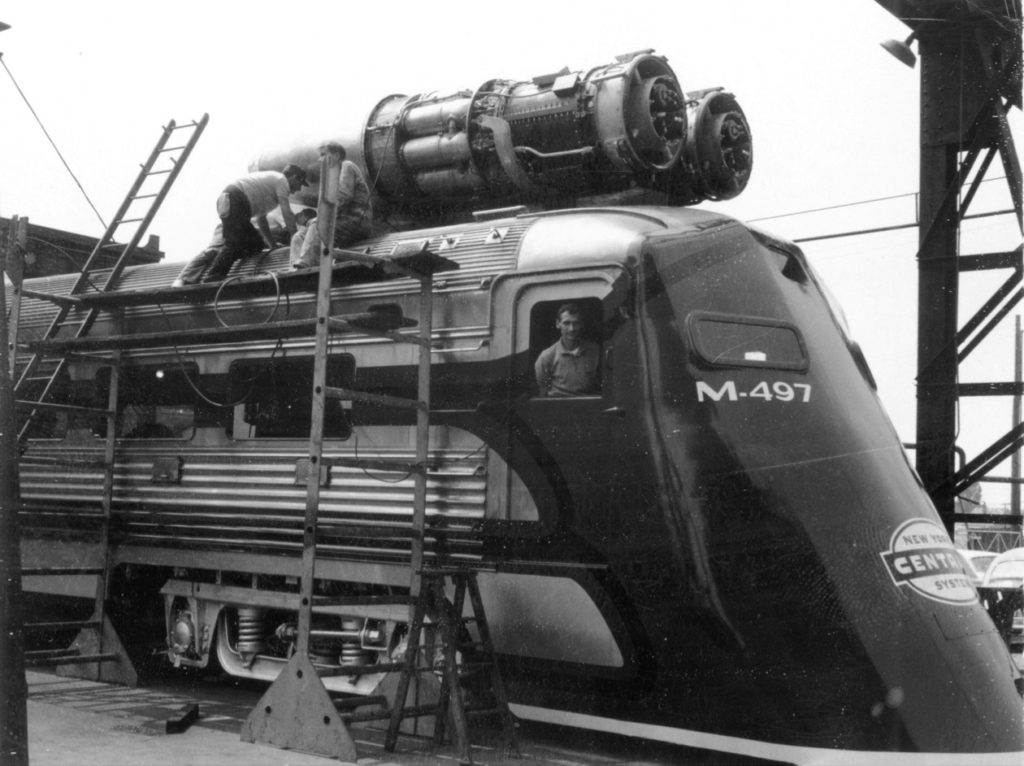
The concept was mind boggling for the time, since the M-497 was the first ever train powered by turbojets, therefore, the Black Beetle was a radically different experiment for the NYCR engineers, but in 1966, they began building the unusual prototype. They believed that if it turns out to be more efficient and faster than conventional diesel powered locomotives, it would completely revolutionize the industry. Therefore, NYCR gave the green light for the project and engineers rolled up their sleeves.
The engineers started off from using a Budd Rail Diesel Car with baggage-mail configuration as the basis for the railcar and an aerodynamic cowling was installed in front of the locomotive, giving it the smooth, unusual look and maximizing aero performance simultaneously. To complete the recipe, two second-hand General Electric J47-19 turbojet engines, which were originally used as boosters for the Corvair B-36 Peacemaker intercontinental bomber, were mounted on top of the loco. The exciting concept went into heavy testing for the next several months on the tracks stretched between Stryker, OH and Butler, IN.
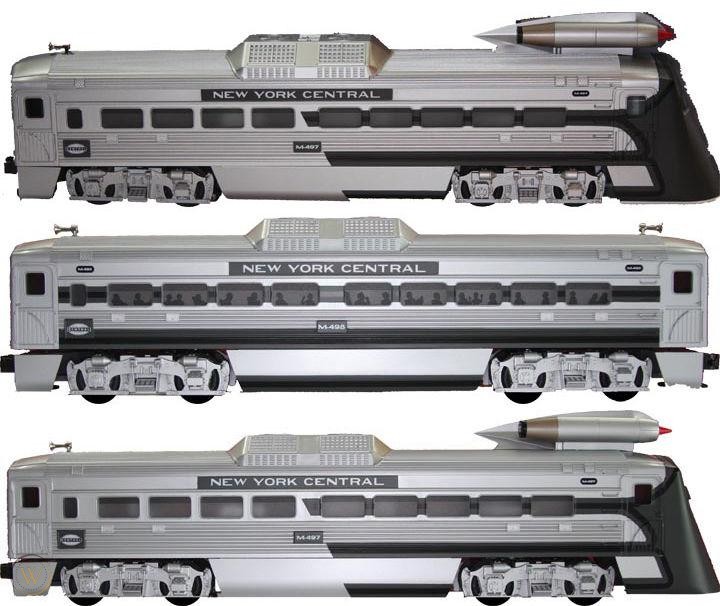
The testing had promising results as the train accelerated up to a whopping 295 km/h (183 mph) which is the American rail top speed record that’s unbeaten to this day. It’s important to note, however, that the line it was tested on was an arrow-straight track, though it proved good performance on banked tracks as well. The impressive speed, combined with the affordability of the project because of the reused existing parts, meant that the prototype could catch up, sadly, however, the press thought otherwise. The concept did not promise commercial success, which is fair when you consider that a turbojet-powered train was simply too new of an idea for such a growing market. As a result, the jet engines were detached and the railcar was used as a conventional diesel-powered train by Penn Central until 1977, when it was retired by Conrail. Terminally, the retired railcar was completely scrapped in 1984, and the detached turbojets were used as snowblowers instead.
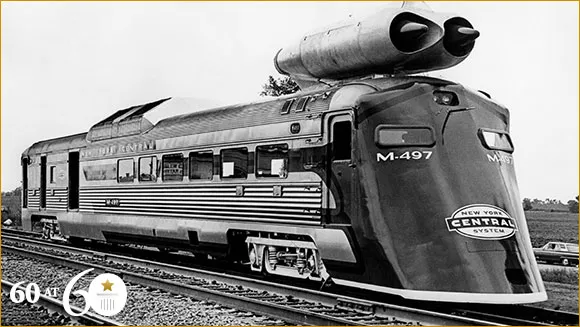
Like many other revolutionary ideas, M-497 was just too ahead of its time. It wasn’t reliable enough to convince railway companies that turbojet engines were the way forwards, and therefore, what started as an ambitious concept ended in the scrapyard. Despite its lack of success, the Black Beetle has shown that the railway world could also be revolutionized just as much as aviation industry. Following this idea, other railway companies started experimenting with their own ideas, still fresh albeit less avant-garde. Who knows, maybe NYCR foreshadowed the future of railway market, or it was just a wild idea that simply wouldn’t go anywhere. I personally think that even if the results were subpar, the fact that they at least attempted to make it happen deserves massive respect. What do you think, dear reader, was it an ambitious or stupid idea? You’ll be the judge.

